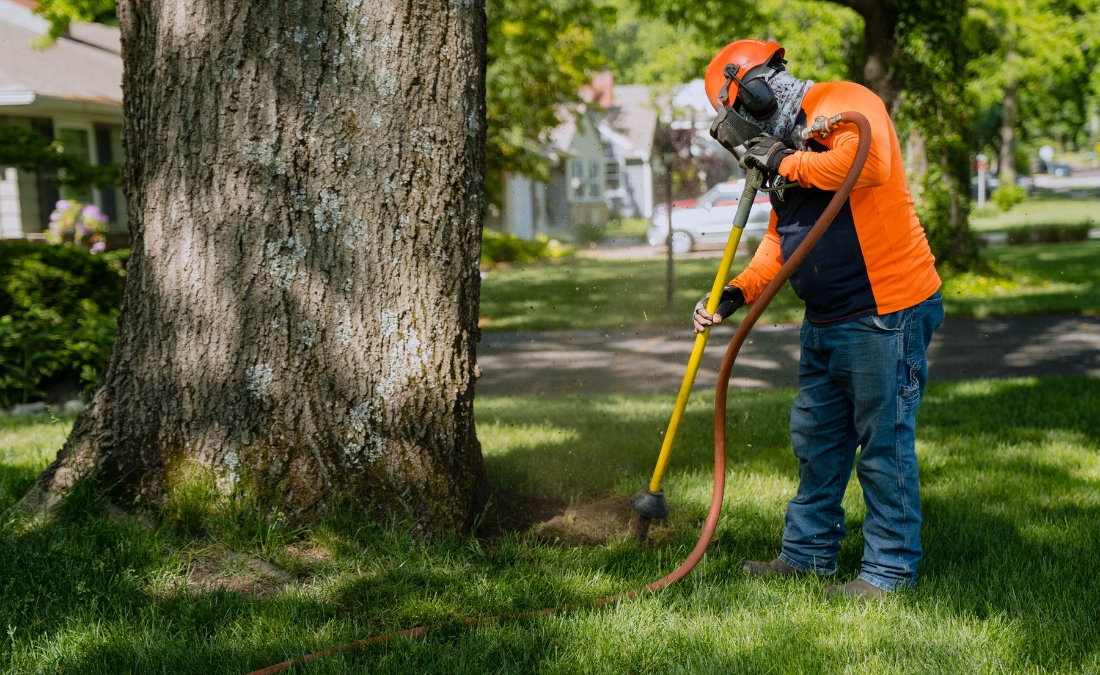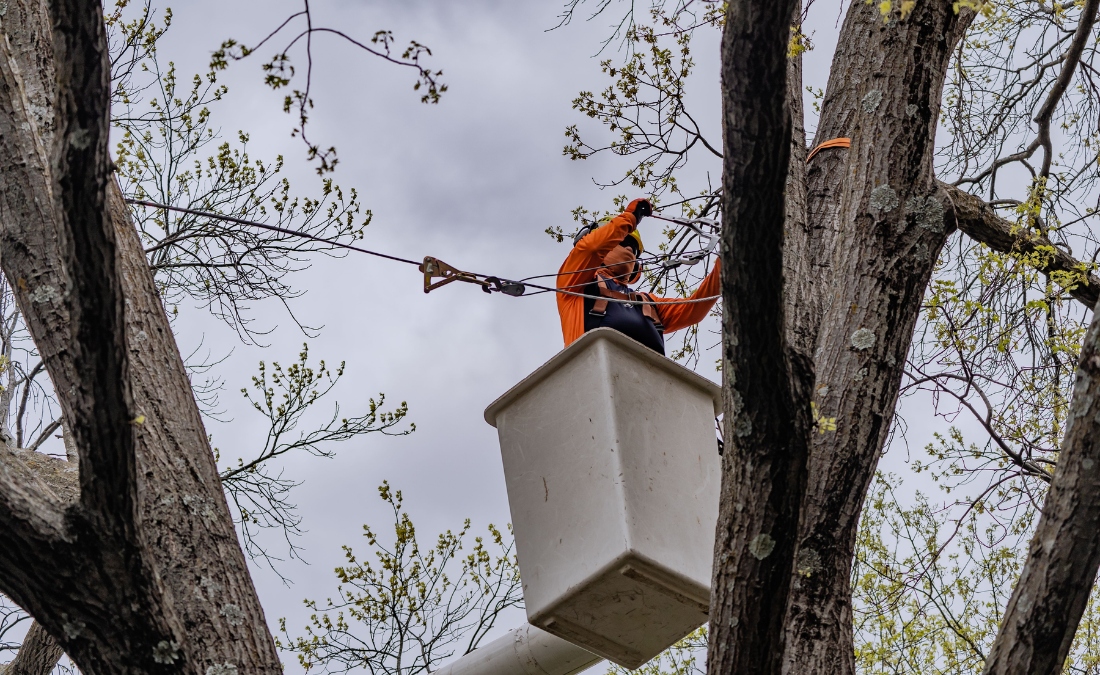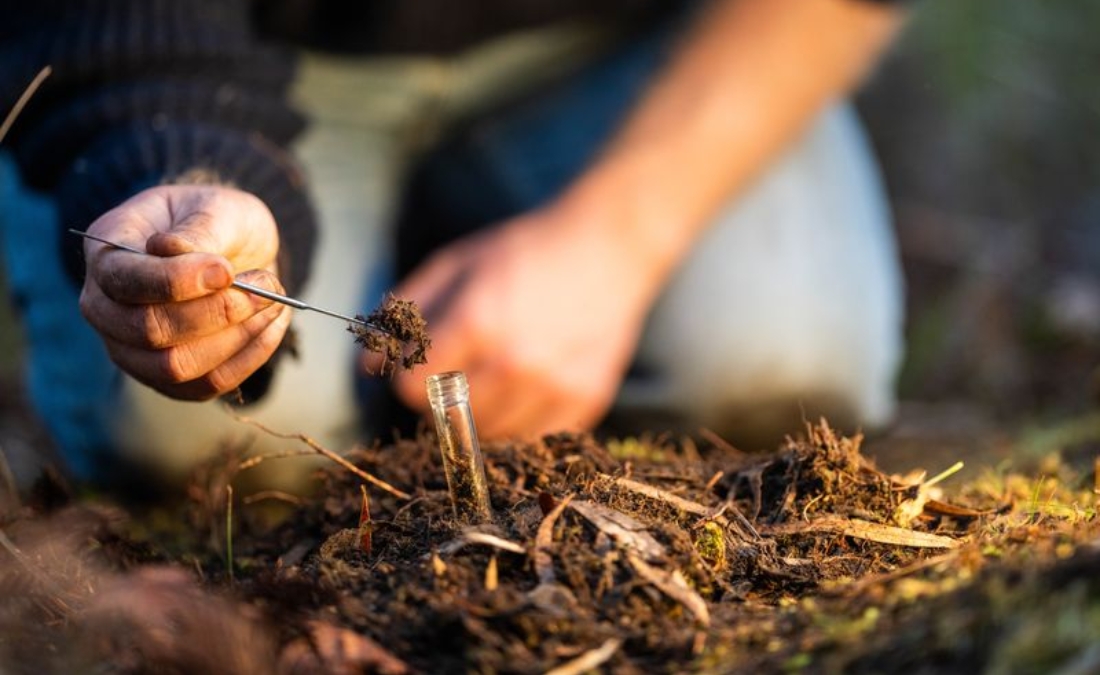5 Reasons to Use Cabling and Bracing for Your Western KC Metro Trees
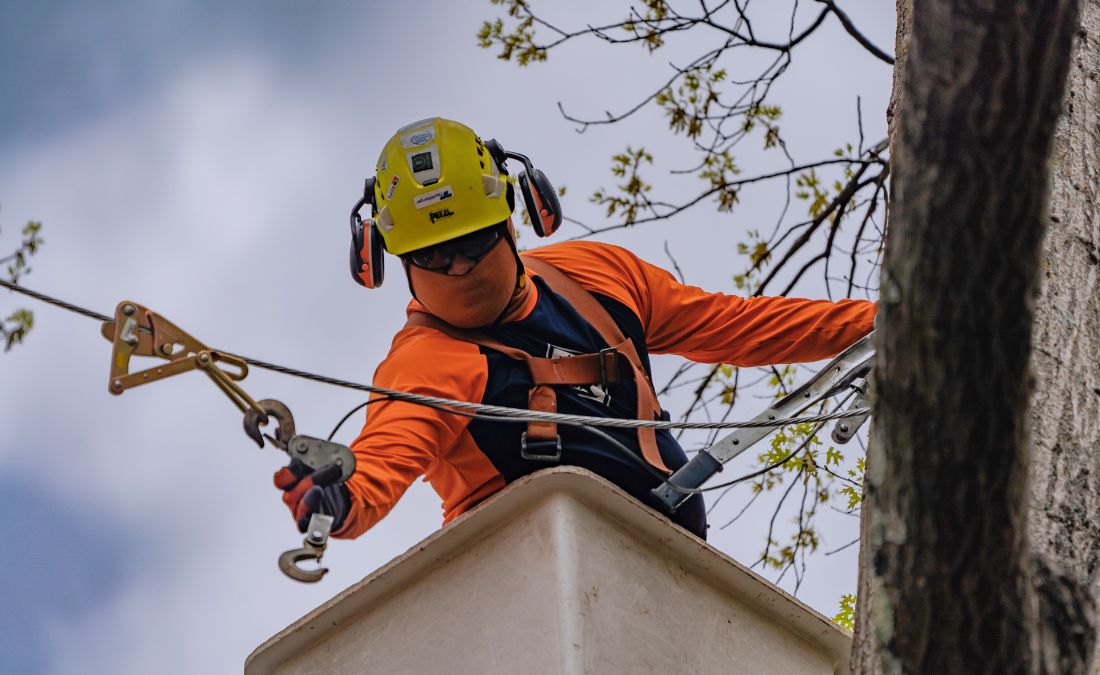
Tree cabling and bracing is an important service that can save homeowners money. Arbor Masters explains how it benefits Kansas City residents long term.
Nobody likes spending money on tree care if they don’t have to – but ignoring potential problems can cost you even more in the long run. When a tree fails, the damage can be expensive, not just for the tree itself but for your property, too.
Cabling and bracing provide a proactive solution, reinforcing weak limbs and reducing the risk of costly accidents before they happen. Investing in professional support now can save you from major headaches (and expenses) down the road. Here’s how it works.
Key Takeaways:
- Although tree cabling and bracing requires an initial investment, it can prevent costly tree removal services by maintaining weak sections and preventing failure.
- Structural support systems protect trees from storm damage in both summer and winter, reducing expensive cleanup and repair costs.
- Installing cables and braces helps prevent property damage from falling branches that could otherwise damage vehicles, windows, or outdoor structures.
- Properly supported mature trees can increase property value by 3-15 percent, making structural support a worthwhile investment for homeowners.
- Trees preserved through support systems, particularly those on the western side of homes, can reduce summer cooling costs by up to 30 percent.
Why Tree Cabling and Bracing Is Worth the Investment
Hiring a professional arborist to climb into your tree and install support systems like cabling and bracing may not seem economical, but it can save money in the long run. Trees are durable when in perfect condition, but any structural defect can cause large sections to break or fail completely.
Cabling and bracing supports these weak sections and helps you avoid expensive emergency cleanup.
WARNING: While cabling and bracing increases your trees’ safety and lowers the risk of failures, there is no way to make them 100 percent safe. Always use caution around your trees during extreme weather, even if you have support systems installed.
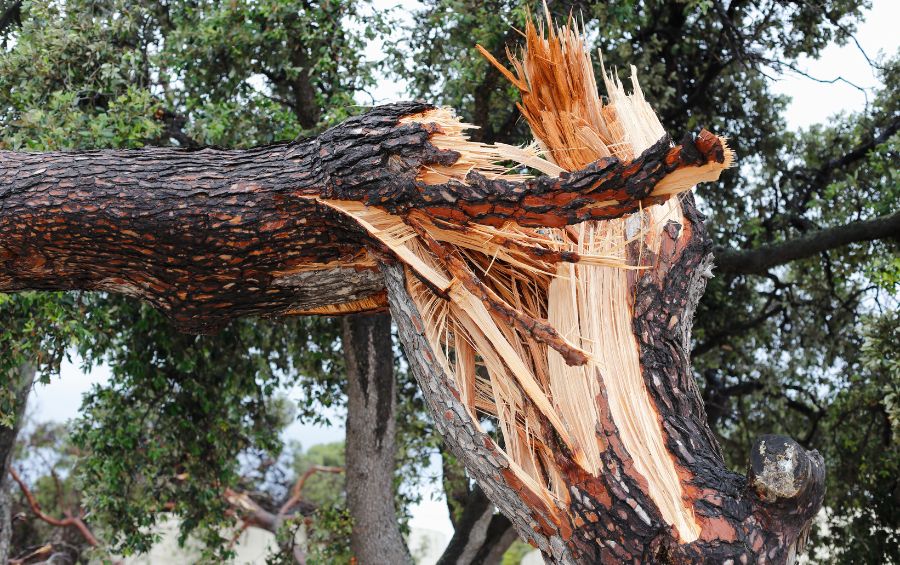
1. Avoid Costly Tree Removal
“Tree removal is one of the most expensive services in our industry. It requires a sizable crew, heavy equipment, and enough time to bring the tree down safely. However, not every tree removal job has to happen, as there are often things that a homeowner could have done to prevent the need for removal.” -Jacquelyn Palmer, Arbor Masters Director of Arbor Services
Cabling and bracing strengthen weak limbs, reducing the risk of tree failure. By taking preventive measures now, you can avoid the high costs of emergency tree removal.
2. Prevent Expensive Storm Damage Cleanup
Summer storms are an unfortunate part of living in Shawnee and the Western Kansas City metro area, as evidenced by the massive storm we saw in May 2024 that uprooted trees across the city.
Summer storms aren’t the only thing that can damage your trees, as winter snow and ice can be just as dangerous.
When storms damage sections of the tree or cause it to uproot in a storm, it can lead to an expensive cleanup. Even if you can collect fallen branches, disposing of them requires professional services. Additionally, you likely won’t have access to the tools you need to prune damaged branches yourself.
Structural support systems help balance and protect the most vulnerable parts of your tree. This lowers the risk of needing to spend time or money cleaning fallen branches and pruning damaged ones.
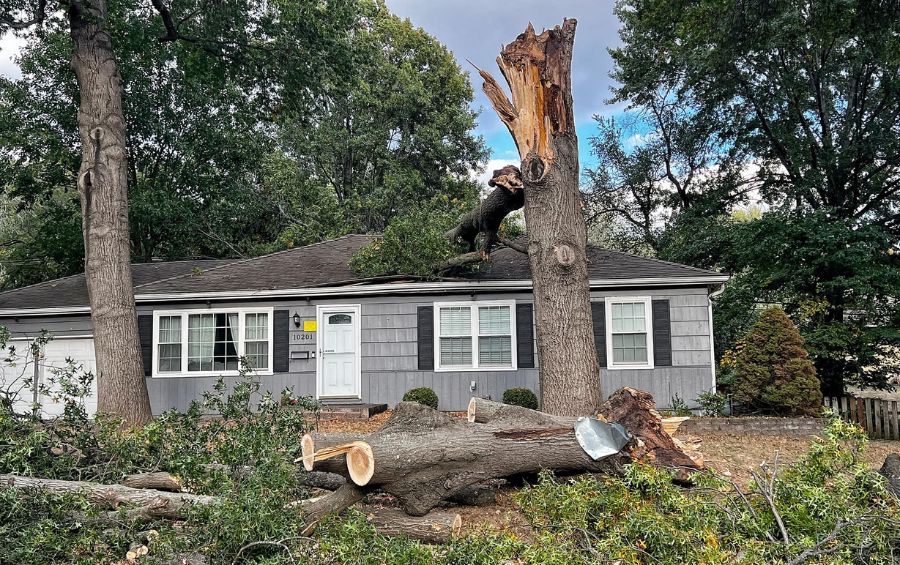
3. Protect Your Home, Vehicles, and Outdoor Space
Not only do broken branches lead to expensive cleanup, but if they damage a vehicle or structure, you could be looking at extensive repairs and out-of-pocket expenses. Branches don’t just fall straight down when they break. The wind can carry them and throw them into windows, outdoor furniture, and siding.
4. Preserve Mature Trees That Increase Property Value
Sometimes, the only difference between a mature tree that can stand for years and one that will have to come down can be structural support. And mature trees offer more than aesthetic value.
Trees in your yard and lining the streets can increase your property value from 3 to 15 percent. However, this benefit will only occur when it is in good health and poses no immediate risk. Cabling and bracing can help preserve these species and allow you to reap the economic rewards when you want to sell your home.
5. Keep Your Tree Standing & Reduce Energy Bills
Well-placed trees do more than enhance curb appeal – they help regulate your home’s temperature. By providing shade during the summer and acting as a windbreak in the winter, trees can reduce cooling costs by up to 30%!
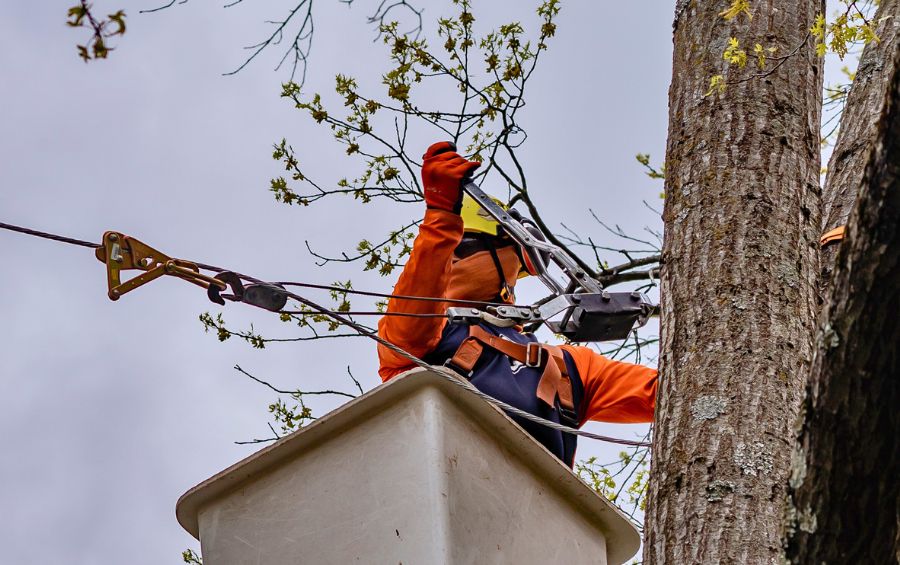
Frequently Asked Questions About Tree Cabling and Bracing
Cabling and bracing play a crucial role in tree health and stability, but many homeowners aren’t sure how they work or if their trees need them. Here are answers to the most common questions to help you understand how structural support can protect your trees and property.
How can I tell if my existing cables and braces need maintenance?
Typically, it requires an arborist to inspect any cables or braces to determine if they are still in good working order and effective. Support systems wear down over time and lose effectiveness as a tree continues to grow.
Can I save money by installing cables myself?
No, DIY cabling is not a cost-effective or safe solution. Without the right equipment, training, or knowledge of tree structure, you risk improper installation that could weaken the tree rather than support it. Professional arborists ensure cables are placed correctly to maximize stability and longevity, ultimately saving you from costly mistakes or tree failure down the road.
What types of trees need cabling and bracing?
Cabling and bracing are typically used for mature, high-value trees that show structural weaknesses but are still healthy enough to preserve. These support systems help prevent breakage and extend the tree’s lifespan. Smaller or naturally sturdy trees usually do not require reinforcement. If you’re unsure, a Certified Arborist can assess your trees and recommend the best approach.
Arbor Masters Can Help You Save Money on Tree Care
Investing in tree care now can prevent costly problems later. Cabling and bracing help stabilize trees, reducing the risk of damage and extending their lifespan. But for these supports to work, they need to be installed correctly – otherwise, they can do more harm than good.
Our team at Arbor Masters follows all ANSI A300 standards when performing cabling and bracing. We use all the latest techniques and equipment to ensure your trees have a lower risk of failure. If you want to invest long-term in your landscape, call us at 913-441-8888 or request a quote online.
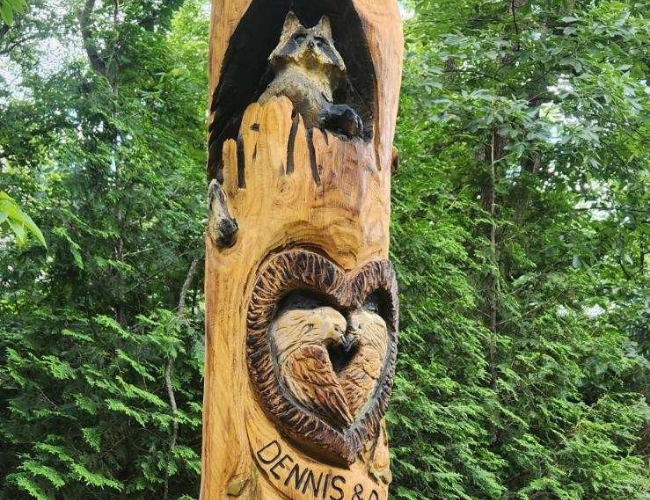
Get the latest local news, tree care tips, special offers, and company updates directly to your inbox! It's easy to subscribe and there's no spam - we promise.
"*" indicates required fields

